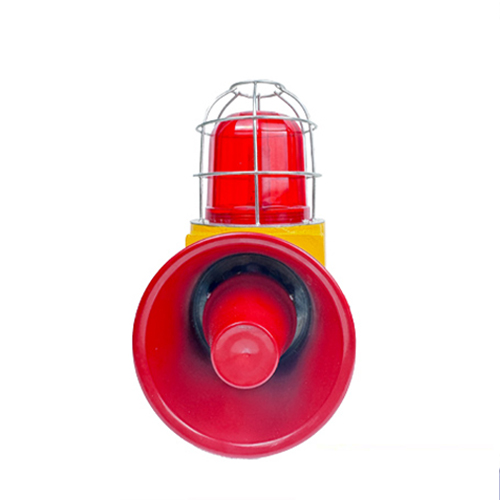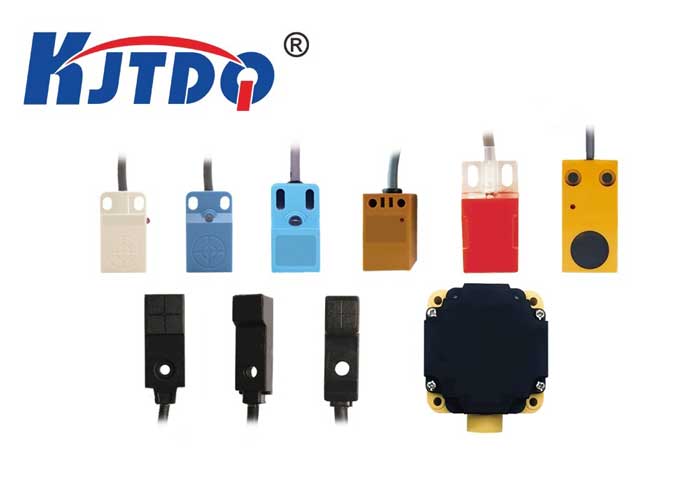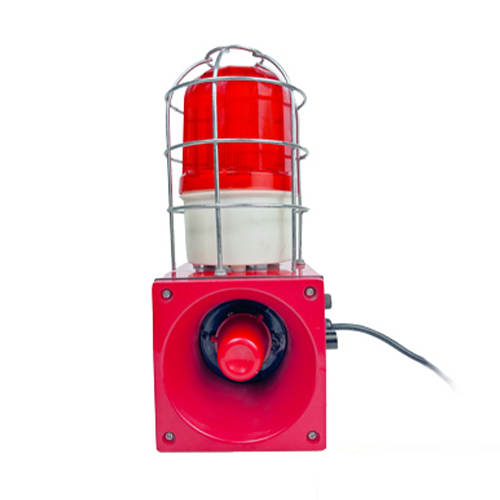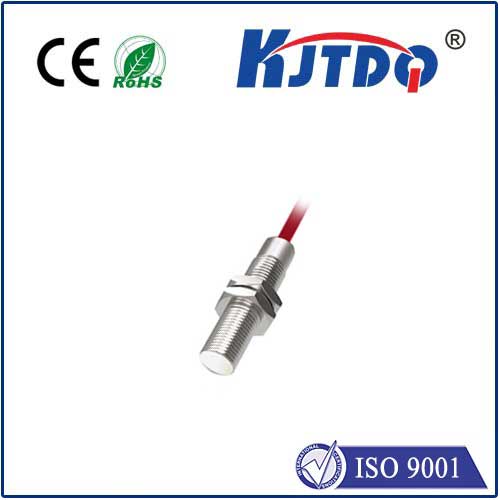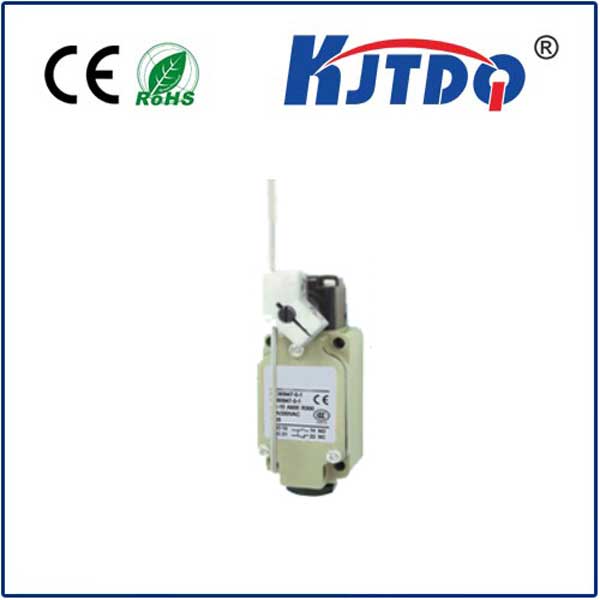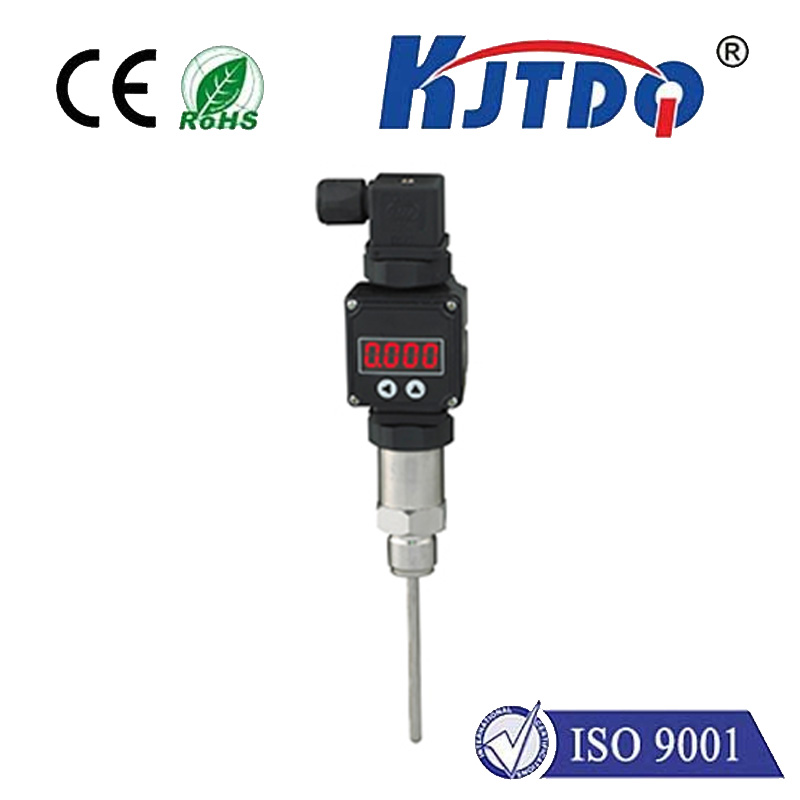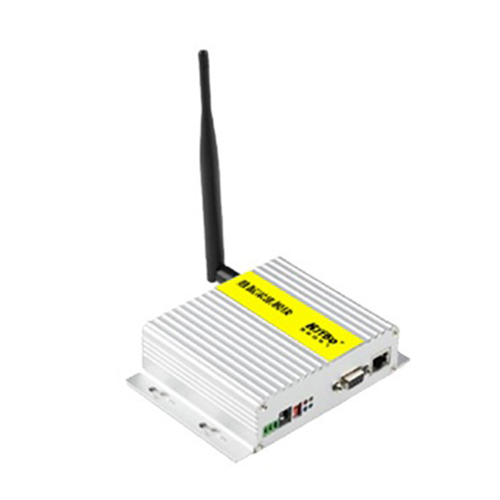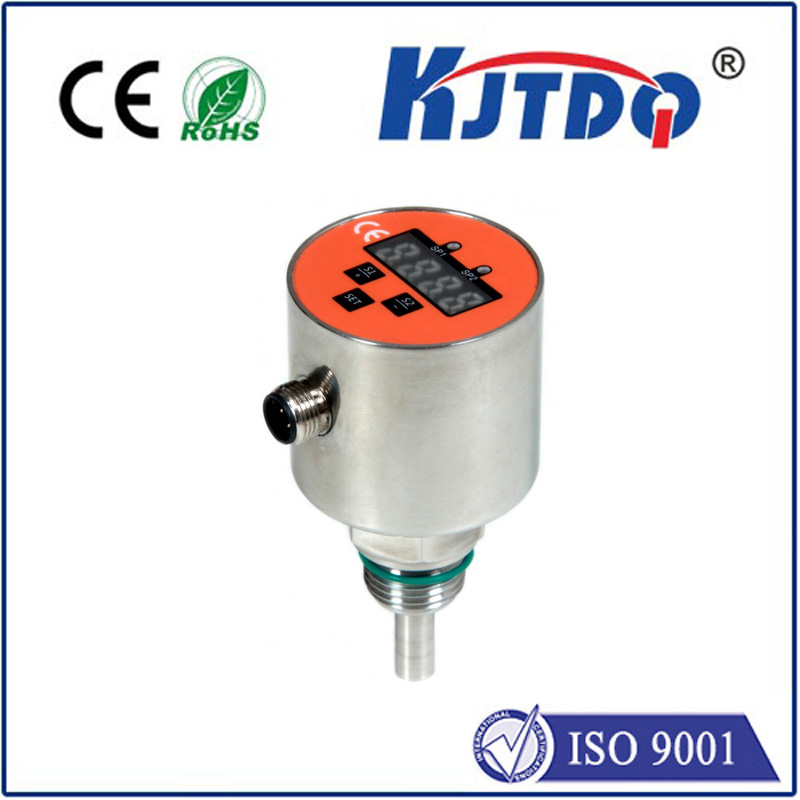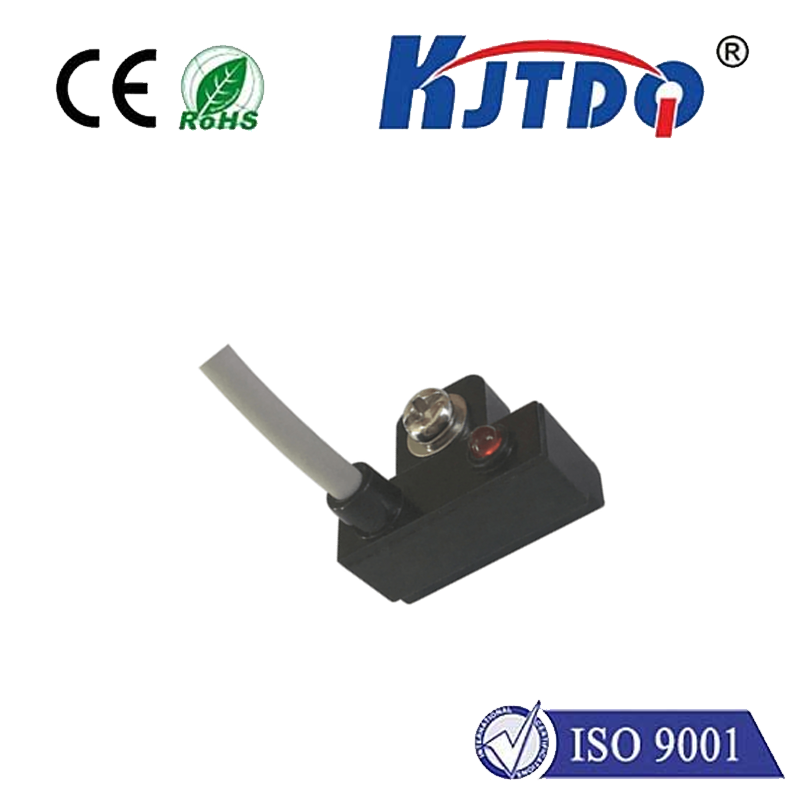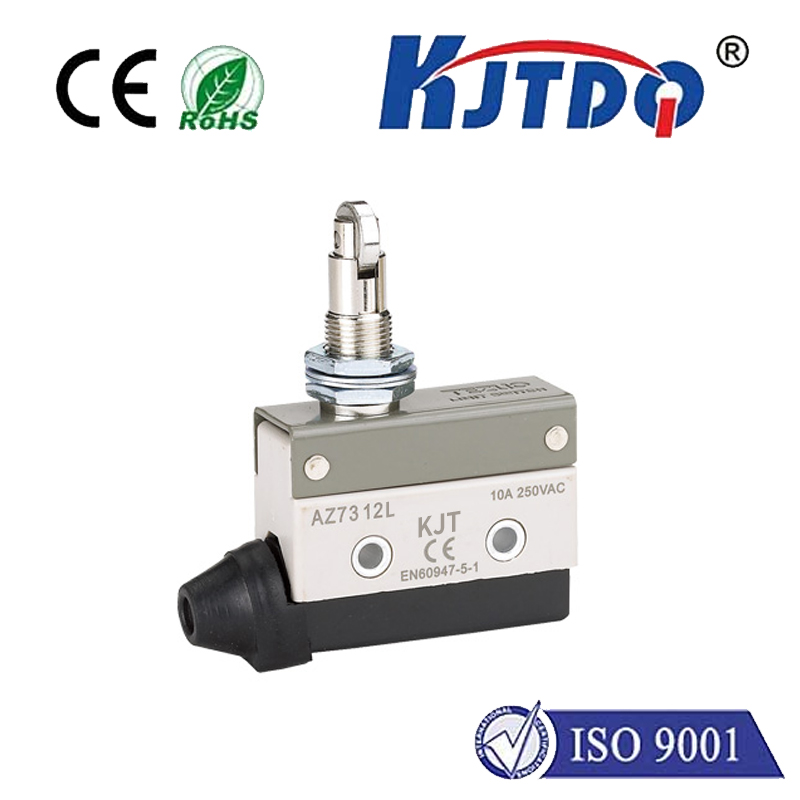optical fuel sensor
- time:2025-08-14 17:25:33
- Click:0
Beyond the Float: How Optical Fuel Sensors Revolutionize Fuel Level Accuracy
Introduction: Ever stared at your fuel gauge with nagging doubt? Been stranded by an “empty” tank that supposedly had miles left? Or worse, discovered mysterious fuel loss you can’t account for? Traditional float-based fuel sensors, while common, are prone to inaccuracies that frustrate drivers and cost fleets money. Enter a smarter solution: the optical fuel sensor. This technology leverages the fundamental properties of light to deliver unprecedented precision and reliability in fuel level monitoring, fundamentally changing how we track one of a vehicle or equipment’s most vital resources.
The Core Principle: Light as the Measure
Unlike traditional sensors relying on mechanical floats moving up and down with fuel level, optical fuel sensors operate on a non-contact, physics-based principle. At the heart of this technology is a small, rugged optical probe inserted vertically into the fuel tank. This probe contains precisely calibrated optical components, typically using infrared (IR) light.
The core mechanism relies on total internal reflection (TIR). In simple terms:

- Light Emission: An IR light source within the probe emits a beam of light.
- Interfacing with Fuel: This light beam travels through an optical prism or window at the probe’s tip.
- The Critical Detection: When this tip is surrounded by air (fuel level below the tip), the internal conditions allow the light beam to be internally reflected back to a detector within the probe. However, when the tip is submerged in liquid fuel, the change in refractive index at the prism/fuel interface causes a significant portion of the light beam to refract out into the fuel instead of reflecting internally. This drastic reduction in reflected light intensity signals the presence of fuel at that specific point.
- Level Determination: By positioning multiple discrete detection points (prisms/windows) at carefully measured intervals along the length of the probe, the sensor can pinpoint exactly where the fuel-air interface occurs. The number of submerged points directly translates to the fuel level. Advanced sensors may use continuous optical techniques for even finer resolution.
Illuminating the Advantages: Why Go Optical?
The shift from mechanical to optical sensing brings a cascade of significant benefits:
- Unparalleled Accuracy and Resolution: Optical sensors boast accuracy levels often within ±1-2% of the tank’s capacity, far exceeding the typical ±10-15% (or worse) possible with aging float sensors. They provide a highly precise digital readout of the exact fuel level.
- Immunity to Environmental Factors: Traditional floats suffer from viscosity changes (especially with temperature swings) and foam formation. Optical sensors, measuring the presence of liquid via light refraction, are largely unaffected by fuel viscosity, density changes, or surface foam. This makes them exceptionally reliable across diverse operating conditions and fuel types, including biofuels.
- Robustness and Longevity: With no moving parts to wear out, seize, or bend, optical sensors offer exceptional durability. They resist damage from vibration, shock, and harsh environmental conditions much better than mechanical alternatives. This translates directly to reduced maintenance costs and sensor replacements.
- Tilt Compensation: Vehicles operate on uneven terrain. Float sensors swing wildly, causing erratic readings. Optical sensors, sensing at discrete points along a fixed probe, inherently provide stable readings regardless of vehicle tilt or angle. Advanced algorithms further refine this stability. This is a game-changer for off-road, marine, and aviation applications.
- Corrosion and Sludge Resistance: The optical sensing elements are typically shielded by robust materials like stainless steel and specialized optical glass/sapphire. They remain unaffected by fuel sediment, sludge buildup, or tank corrosion that can jam or foul mechanical float arms and potentiometers.
- Enhanced Security: Optical sensors provide highly precise data that, when integrated with telematics, enables far more accurate fuel theft detection. Sudden, unexplained drops in the exact fuel level become readily apparent. This precision is crucial for fleet management efficiency and loss prevention.
- Simplified Tank Design: Without the need for complex float arm geometries, optical probes offer more flexibility in tank design and placement, especially in compact or irregularly shaped tanks.
Where Optical Fuel Sensing Shines: Key Applications
The unique advantages of optical fuel technology make it the preferred choice in demanding scenarios where accuracy, reliability, and longevity are paramount:
- Commercial Fleets (Trucks, Buses): Accurate fuel tracking for cost management, theft prevention, and efficient route planning.
- Off-Highway and Construction Equipment: Withstanding extreme vibration, dust, mud, and constant jostling on uneven ground where float sensors fail.
- Marine Applications (Boats, Yachts): Providing stable readings despite constant wave action, vessel roll, and pitch – a critical safety and operational feature.
- Aviation: Reliable fuel level data is non-negotiable for safety; optical sensors offer precision and stability during maneuvers and turbulence.
- Power Generation (Generators): Ensuring critical backup power systems have adequate fuel, especially during extended outages.
- Agricultural Machinery: Operating reliably in dusty, dirty farm environments with biofuels and varying temperatures.
- Industrial Processes: Monitoring fuel levels in stationary tanks for boilers, furnaces, and backup systems with high accuracy.
The Future is Bright: Adoption and Trends
While initially more expensive than basic float sensors, the total cost of ownership (TCO) for optical fuel sensors is increasingly attractive. Reduced failures, minimal maintenance, fuel savings through precise monitoring, and theft prevention deliver significant long-term value. Integration with modern telematics and Internet of Things (IoT) platforms is seamless, providing real-time, highly accurate fuel data for sophisticated fleet management systems, predictive maintenance, and comprehensive operational insights.
As the technology matures and costs continue to decrease, the adoption of optical fuel level sensing is accelerating. It’s rapidly moving from a niche, high-end solution to becoming the standard for any application where fuel level accuracy, reliability, and data integrity truly matter.












